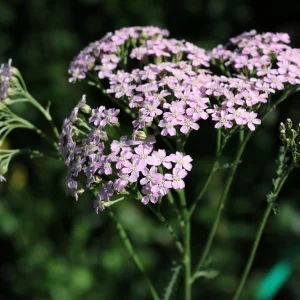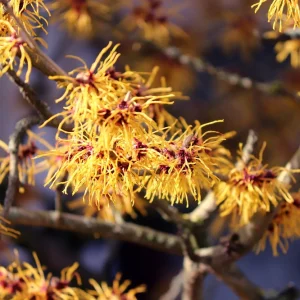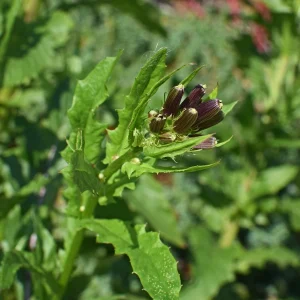Menstrual Pain
Menstrual pain, medically termed dysmenorrhea, affects many women during their monthly cycles, causing discomfort and cramping in the lower abdomen. Using medicinal plants can offer natural relief from this common ailment. Ginger, known for its anti-inflammatory properties, can be brewed into a soothing tea to alleviate cramps. Chamomile, with its muscle-relaxing effects, is another beneficial herb often consumed as a tea. Cramp bark, as its name suggests, helps relieve muscle spasms and cramping, aiding in menstrual pain reduction. Dong Quai, utilized in Traditional Chinese Medicine, balances hormones and relaxes uterine muscles. Lavender, revered for its calming properties, eases stress and anxiety associated with menstrual discomfort. Raspberry leaf, a uterine tonic, tones the uterus muscles, potentially lessening cramps. Valerian root, with its sedative qualities, promotes relaxation and relieves muscle tension. Peppermint, containing menthol, offers a cooling sensation, soothing menstrual cramps when brewed into tea or inhaled. Black cohosh, known for its anti-inflammatory properties, aids in pain relief and menstrual cycle regulation. Fennel seeds, rich in anethole, relax muscles and ease menstrual pain when chewed or brewed into tea. These medicinal plants provide natural alternatives to conventional pain relief methods, offering women effective ways to manage menstrual discomfort. However, it’s crucial to consult with a healthcare provider before using any herbal remedies, particularly if pregnant, breastfeeding, or managing underlying health conditions.
Here’s how you can utilize medicinal plants in 10 parts to alleviate menstrual discomfort:
- Ginger (Zingiber officinale): Ginger contains gingerol, a compound with anti-inflammatory properties that can help reduce the severity of menstrual cramps. Consuming ginger tea or adding fresh ginger to meals may provide relief.
- Chamomile (Matricaria chamomilla): Chamomile has muscle-relaxing properties and can help ease tension and cramping associated with menstrual pain. Drinking chamomile tea or using chamomile essential oil in aromatherapy may offer relief.
- Cramp Bark (Viburnum opulus): As the name suggests, cramp bark is traditionally used to relieve muscle spasms and cramping, including menstrual cramps. It can be consumed as a tea or taken in tincture form.
- Dong Quai (Angelica sinensis): Dong Quai is commonly used in Traditional Chinese Medicine to regulate menstrual cycles and alleviate menstrual pain by balancing hormone levels and relaxing uterine muscles.
- Lavender (Lavandula angustifolia): Lavender has calming effects on the nervous system, helping to reduce stress and anxiety associated with menstrual pain. Using lavender essential oil in aromatherapy or taking a lavender-infused bath can promote relaxation.
- Raspberry Leaf (Rubus idaeus): Raspberry leaf is known as a uterine tonic that can help tone the muscles of the uterus, potentially reducing menstrual cramps. Drinking raspberry leaf tea regularly may offer benefits for menstrual pain relief.
- Valerian (Valeriana officinalis): Valerian root has sedative properties and can help alleviate muscle tension and promote relaxation. Consuming valerian tea or taking valerian supplements may help reduce menstrual pain.
- Peppermint (Mentha piperita): Peppermint contains menthol, which has a cooling effect and may help soothe menstrual cramps. Drinking peppermint tea or inhaling peppermint essential oil can provide relief.
- Black Cohosh (Actaea racemosa): Black cohosh is known for its anti-inflammatory and antispasmodic properties, which can help relieve menstrual cramps and regulate menstrual cycles.
- Fennel (Foeniculum vulgare): Fennel seeds contain anethole, a compound that can help relax muscles and reduce menstrual pain. Chewing on fennel seeds or drinking fennel tea may help alleviate discomfort.



